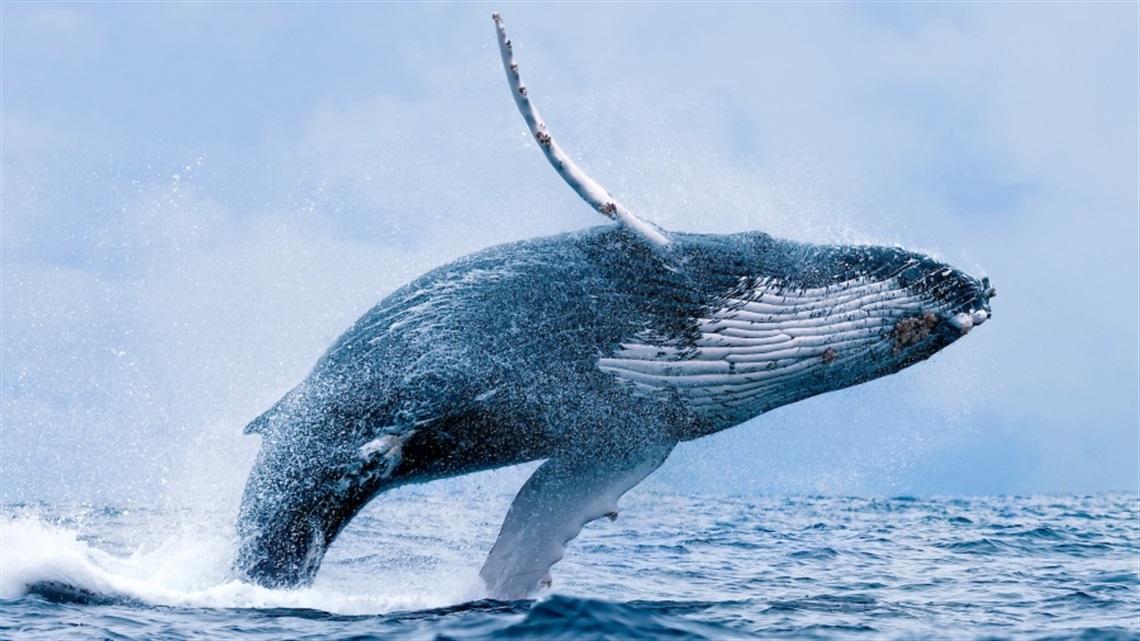
Get ready for one of nature’s most breathtaking performances—right on our doorstep! Woollhara Council invites you to join a series of guided whale watching walks this winter, where you’ll explore dramatic cliff-top paths and witness humpback whales on their epic annual migration.
Starting at Macquarie Lighthouse and finishing at the scenic Gap Park in Watsons Bay, these guided morning walks offer more than just a chance to spot whales. Along the way, you’ll learn about Australia’s whaling history and discover the natural and cultural heritage of the Vaucluse coastline.
Humpback whales are known for their acrobatic displays—breaching, tail-slapping, and blowing spouts that can be seen from kilometres away. Each year, over 40,000 of these gentle giants pass by our coast as they travel from the icy feeding grounds of Antarctica to the warm, shallow waters of Queensland to mate and give birth.
Don’t miss the chance to witness this incredible migration, with expert guidance and a rich storytelling experience to match. Bring your binoculars, your sense of adventure, and a warm jacket!
Choose from one of three guided walks:
-
Sunday 15 June
-
Sunday 13 July
-
Tuesday 15 July
Places are limited, so be sure to register here.
Whether you’re a seasoned whale watcher or a curious local, these walks offer a memorable way to connect with nature and explore one of Sydney’s most iconic coastal landscapes.
Which of these whale behaviours will you spot this season?
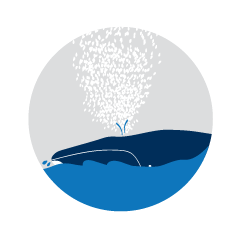
Blowing – one of the best ways to start looking for whales is to scan over the ocean, looking for spray when they expel air from their lungs as they come up to breathe. They blow water 3-5 meters in the air as they come up. Humbacks usually surface every 4-7 minutes, so be patient and scan an area for a few minutes when you’re trying to spot them.
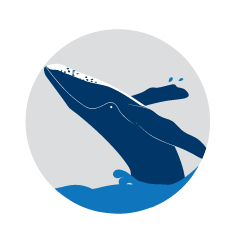
Breaching – whales use two to three movements of their powerful tails to launch themselves out of the water, then roll in the air with their huge pectoral fins outstretched like wings, and crash back into the water with splash. During the southerly migration you may be lucky enough to see a mother teaching her calf to breach.

Spy Hopping – whales sometimes poke their heads above the surface. It is believed this is to orient themselves to the shoreline and observe their surroundings. They have good eyesight both above and below the water.
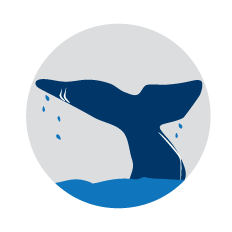
Fluke-up dive – when diving forward in the water whales leave their tales arched upward. The angle of the tail will help indicate whether they will be diving deeper or shallower.
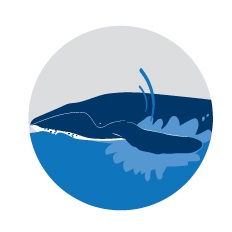
Slapping – whales slap the water surface using their fins or tail. These actions are thought to be a form of communication or warning.

Where to find binoculars?
As you stroll along our coastal pathways this whale season look out for our public binoculars and whale signs at Jacobs Ladder in Gap Park and the southern corner of Christison Park. We’ve put these in place to help everyone observe and learn more about our whales, other marine mammals and coastal birds.







